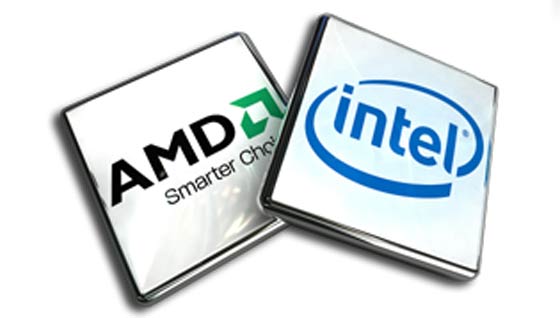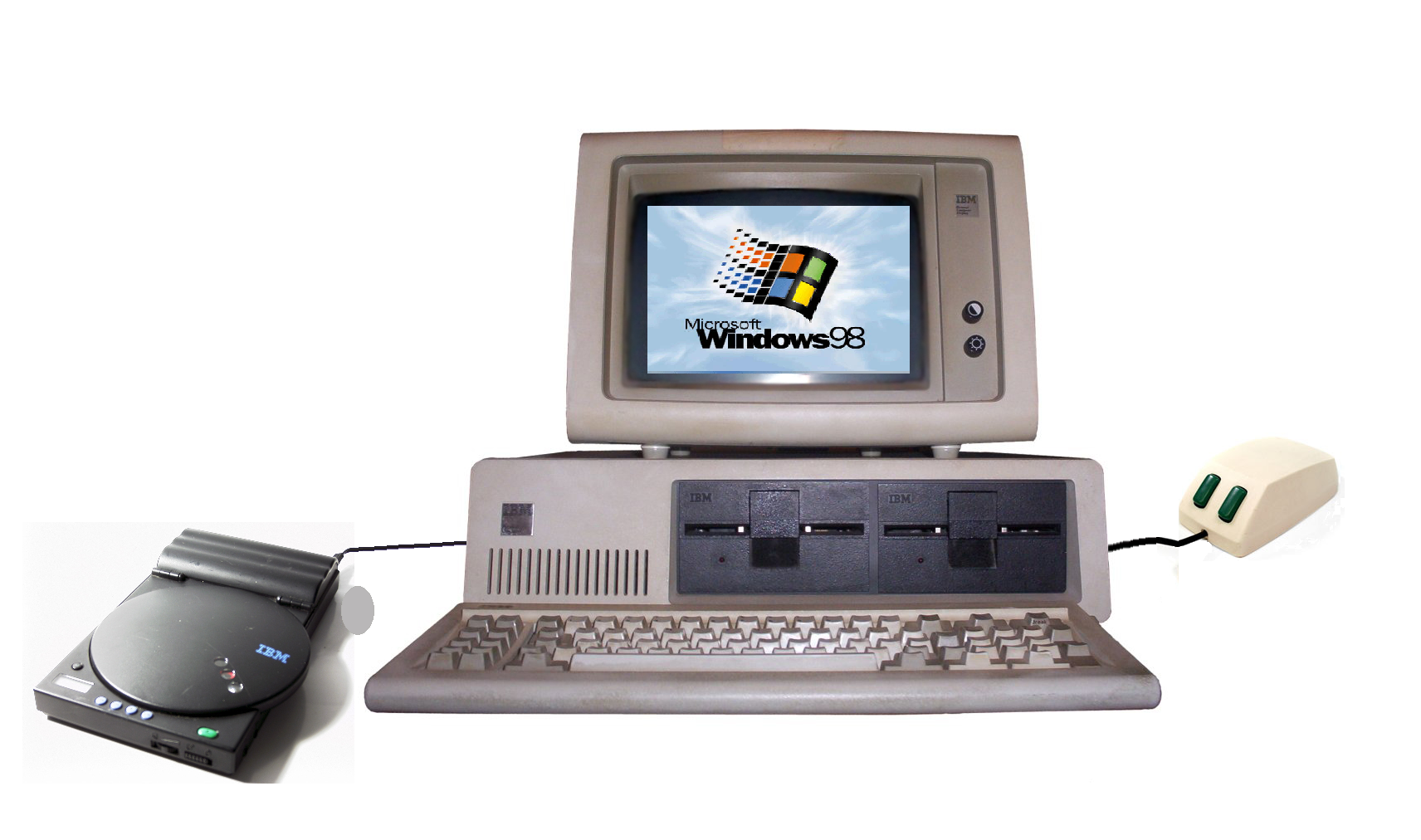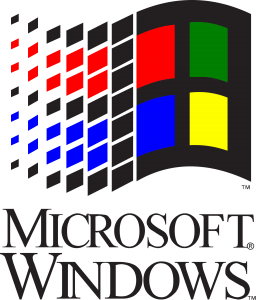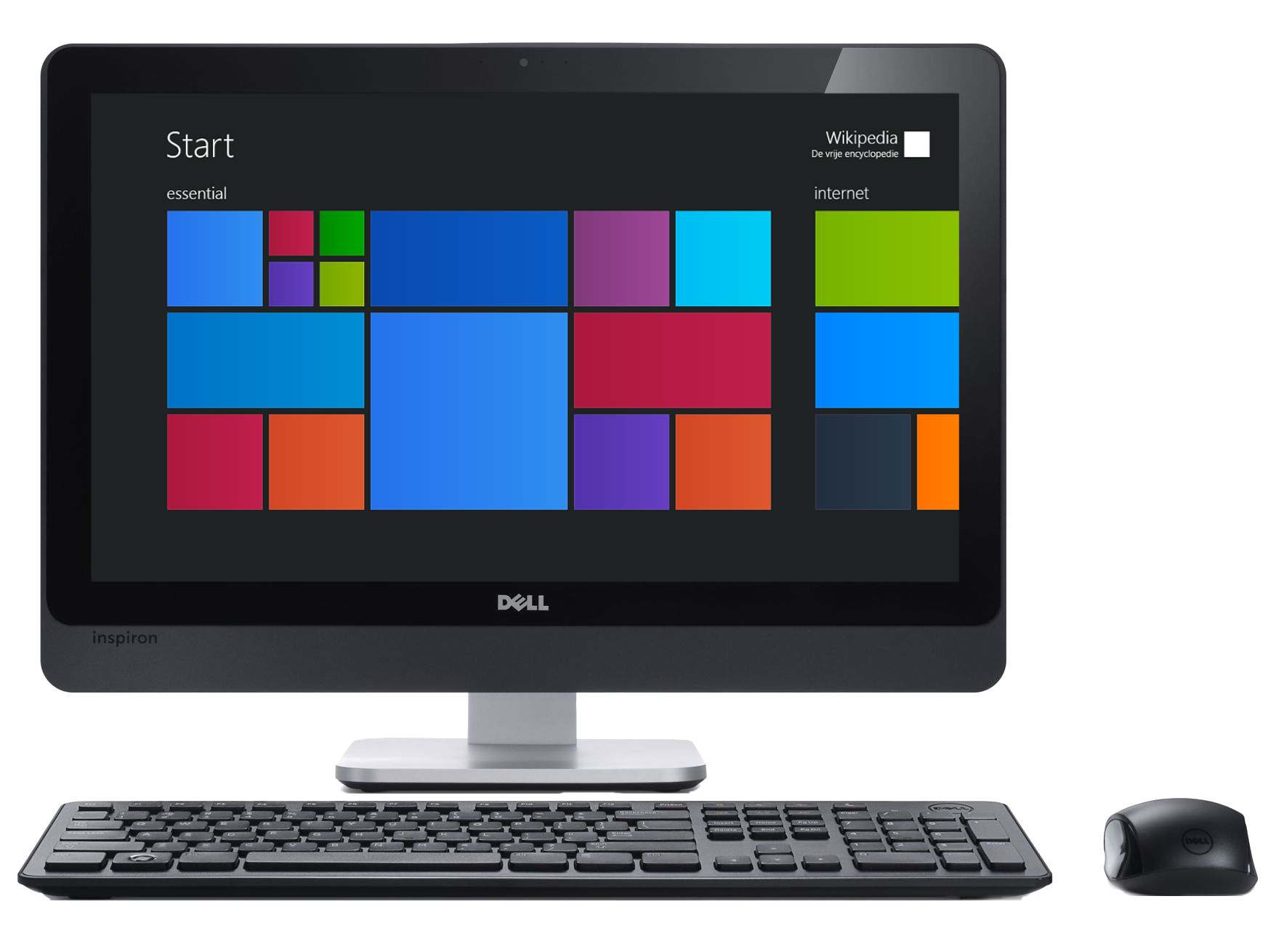
Both Intel and AMD, the top dogs in the computer hardware industry, recently announced their exciting new lines of CPUs. The CPUs feature new microarchitecture that aims to take the industry to the next level. Those next level CPUs, however, will not support Windows 8.1 or anything below.
I love Windows 10, but then again I’ve always been easy to please. I took the free Windows 8 upgrade. It’s got just enough fun, new features to make me feel like I’m living one step closer to the world of Minority Report. Yes, I’m aware that’s a dystopian future and shouldn’t be celebrated. But let’s be honest, the only thing people remember from that movie is the computer with a virtual touch screen interface.
The point is that a lot of people love Windows 10 and a lot of people hate it. I get it. Different people want different things from their computer. But according to Intel and AMD, what you’d better start wanting from your computer is what Windows 10 offers. Otherwise you’re up a creek once you upgrade to a newer CPU.
A Bit Of History

The announcement sounds dramatic, but it’s actually life as usual in the tech industry. People didn’t stop using Windows 95 because they didn’t like it. They stopped using it because nothing supports it anymore.
Hardware has always advanced beyond old software at some point. It helps both the hardware companies and Microsoft to streamline their products and their customer support systems.
Still, it feels like this is happening faster than usual. The announcement seems especially suspect after Windows’s highly criticized efforts to push people to upgrade out of Windows 7 and 8 and into Windows 10.
This might not be an exact science, but we can see whether or not this forced upgrade to Windows 10 follows the usual timeline or not by tracking when a major Windows operating system was released and when its support ended.
Windows 95

Windows 98
Windows XP
Windows 7
Windows 8/Windows 8.1

Looking at the data, the dates actually fall perfectly in line with the status quo procedure for how quickly hardware outgrows software. If anything, Windows 7 and Windows XP had a long shelf life and Windows 8 had a short life. This isn’t too surprising, considering how negatively Windows 8 was received, with it’s unintuitive start menu.
Still, once again, this may feel like an aggressive move but it’s fairly standard practice in the tech industry.
What It Means For You

Unless you’re planning on buying a new, high end computer sometime soon, you have nothing to worry about. You’re not going to wake up one morning to find that your computer no longer works and you aren’t receiving updates.
The only way this will affect you if you buy one of the upcoming AMD or Intel hardware pieces and aren’t using Windows 10. In that case, the hardware will not integrate well with your operating system.
But for your current computer, you can see above when the primary support for your operating system will end. However, even then, your system isn’t going to shut down. Windows maintains extended support for most operating systems.
The Windows 7 extended support is expected to continue until 2020, and Windows 8.1 extended support is expected to continue until 2023. If you’re still using a computer that runs Windows 8.1 in 2023, then I don’t think you can really blame anyone for ending your support.
So rest assured, this isn’t a doomsday announcement. The end times haven’t come. This is simply the industry continuing to advance both its hardware and software.
In Short
Intel recently released their Kaby Lake CPU line and AMD will release their new Zen CPU line in early 2017. Your current machine will continue to receive support on Windows 7 or Windows 8.1, but when you want to move up to one of those newer CPUs, you’ll need to upgrade to Windows 10 in order to continue to receive support.




